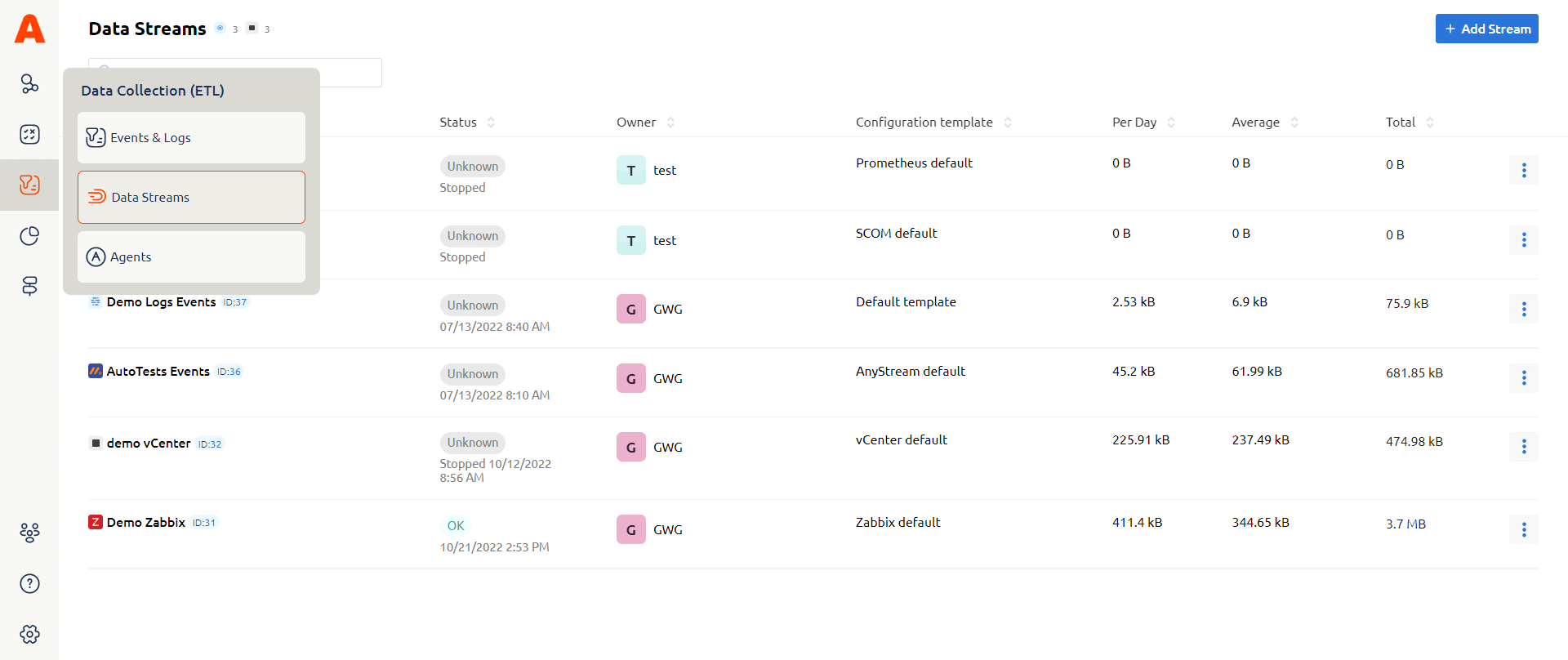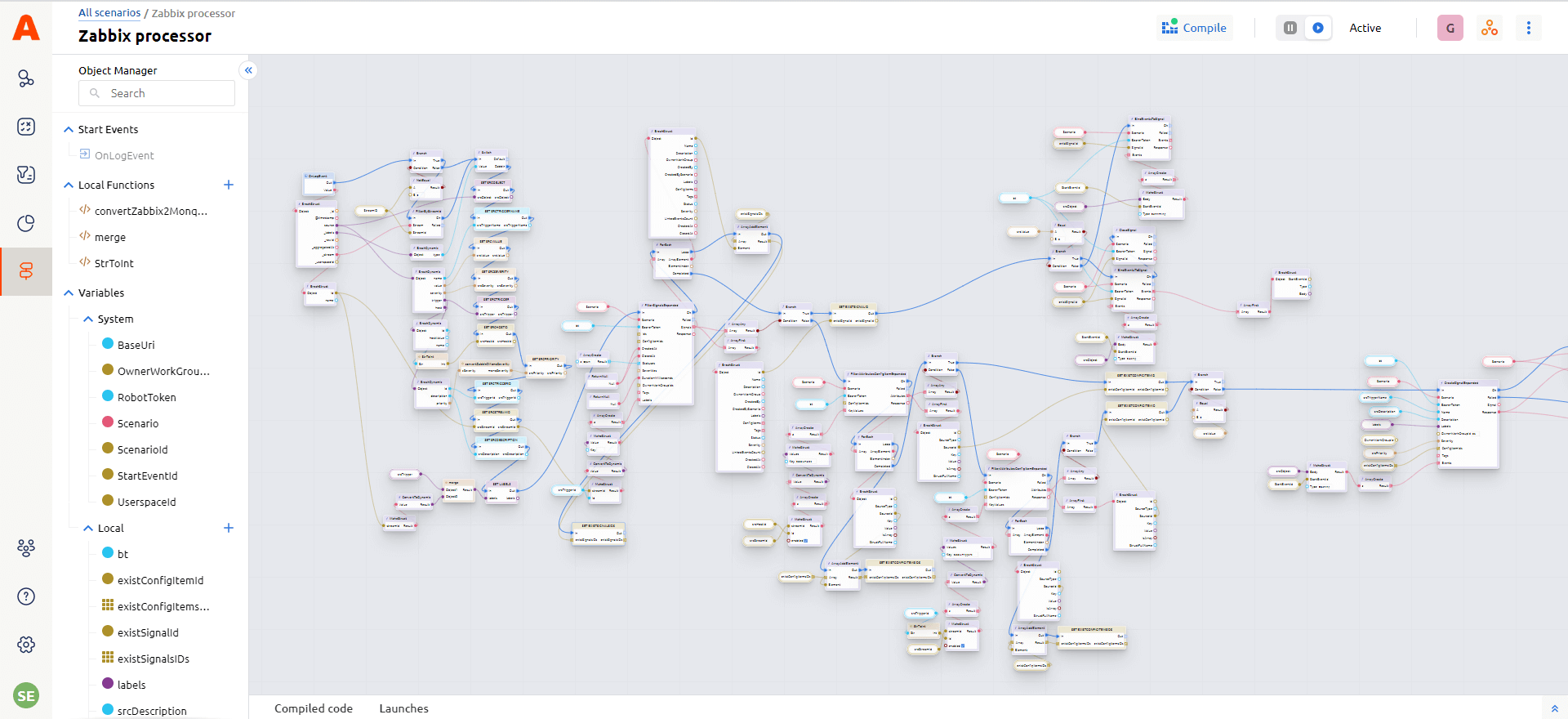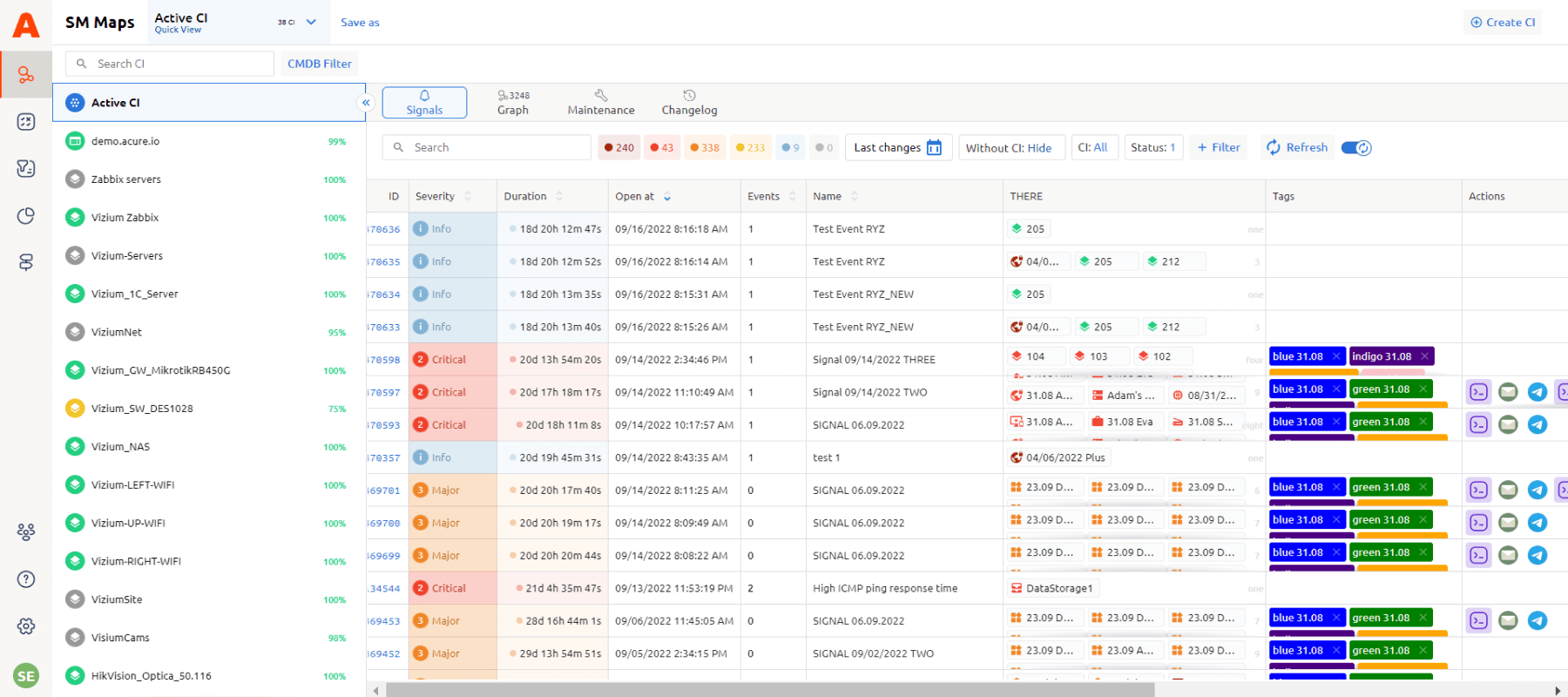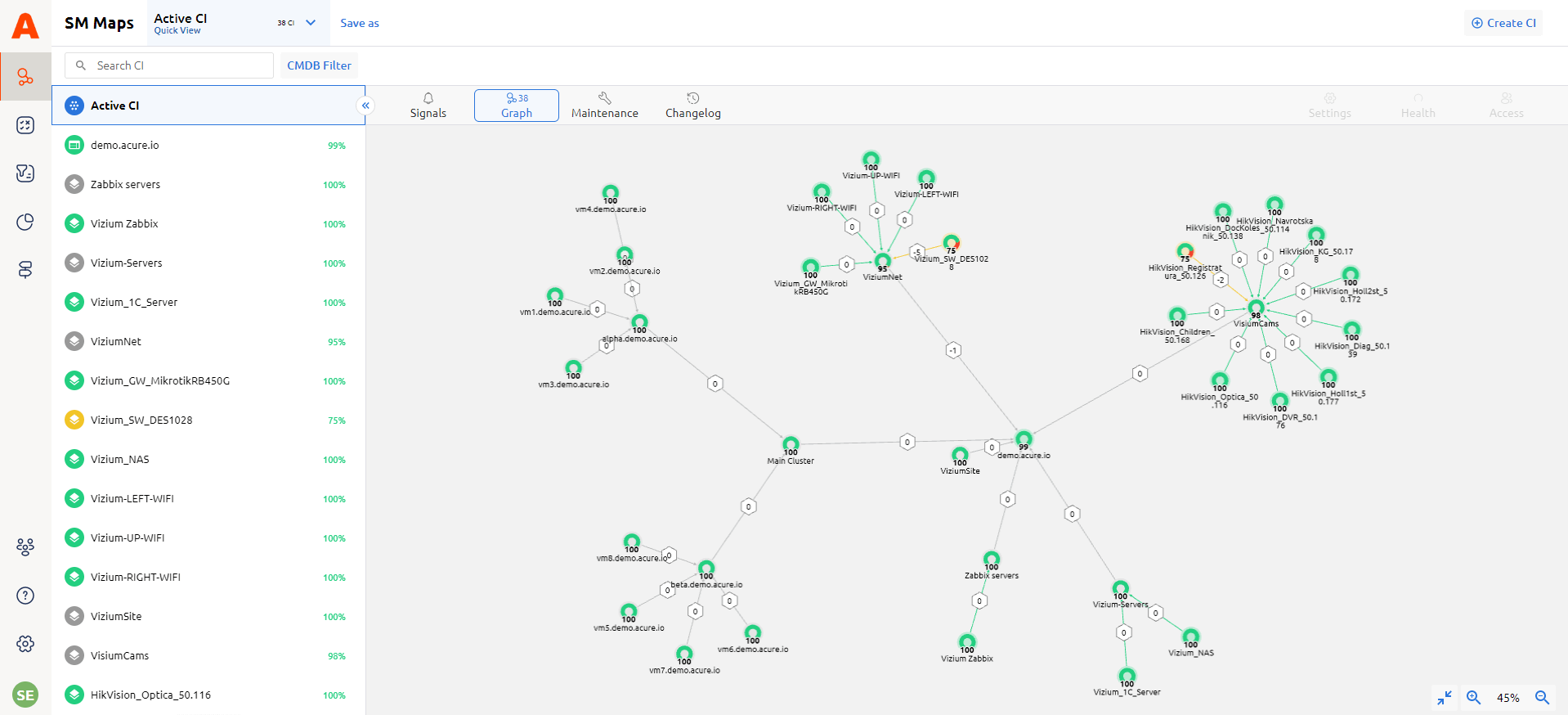Event Correlation & Noise Reduction

Too much information noise:
The monitoring system handles a large amount of data every day: tests, changes, events, queries and logs. It is impossible to manually combine all of these groups of data into clusters, which is why engineers work with each event individually. This poses a risk of losing critical information and has data engineers wasting their time.
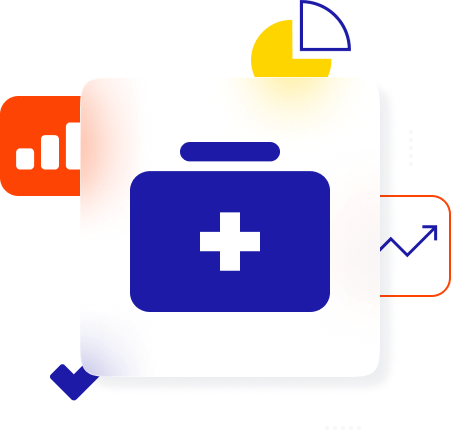
Acure effectively collects big data from dozens of resources:
No matter how many resources you use, Acure displays the state of the whole IT infrastructure and allows you to see the health of all its elements and connections between them in one screen. It makes the observability more effective.
How does it work?
1. To start, configure Data Streams. Utilize the connector for existing systems or create the custom connectors for the systems that don’t exist in Acure. Write tasks for integration and start the collection of data.
In the next steps, ensure no data is missing and collection is working properly.
2. Set up automatic signals using low-code scenarios.
A signal is a dynamic indicator of a change in the infrastructure with a start and an end time. It reports the changes of any parameter from the regular state and is mainly intended for deduplication and correlation of primary events. With the help of signals, redundant copies are eliminated, and events are correlated – incidents are assigned the appropriate priority.
3. After the signal is created, the status of the configuration item is calculated. The CI attached to the signal takes over its criticality. The status of IT infrastructure and information about events are displayed on a single map.
